All about the mistake

If you like to admire nature, you make unusual herbariums and love drawing, you should practice being mistaken. This unusual kind of applied art came to us from Japan. Unfortunately, these days it is not very common among Russian needlewomen, however, the technique, no doubt, deserves to get acquainted with it in more detail.
What it is?
Surely many of us collected herbariums at school for botany and natural history lessons. The technique of creating beautiful paintings using the erroneous method resembles a similar herbarium - the difference is that an image is formed from flowers through a collage.
Literally translated "mistaken" means "dried flower"... The technology of floristic painting is quite simple: herbs and flowers naturally have a rich color range, each flower and each petal is unique in its own way, which is why you can create the most extraordinary floristic compositions from dried plants using applications.
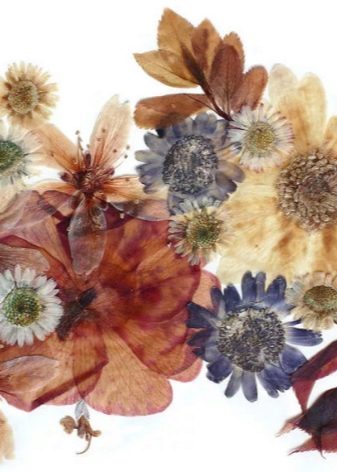
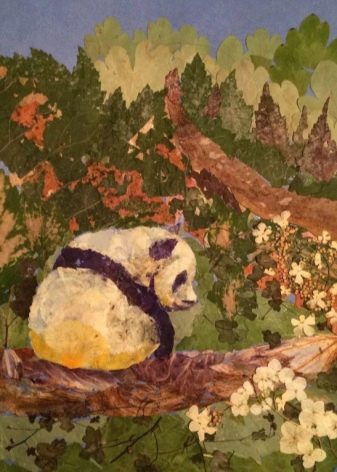
In fact, artists paint with flowers and plants just as they do with a brush and paints.
At the same time, they give those around them great joy and the most positive emotions - it has been proven that practicing a mistaken person harmonizes and pacifies a person.
If we talk about the technical component of this art, then it consists in the fact that collected flowers, leaves and herbs are dried under oppression, and then glued to a paper base... In this case, the florist's task is to preserve the forms, textures and shades of the dried material as much as possible.
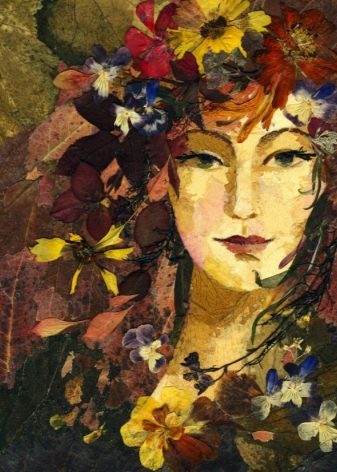

Was developed by Japanese artists a special technique to prevent color fading and darkening of paintings made using the technique is wrong. Its essence boils down to the fact that all the air is pumped out of the space between the painting itself and the glass frame - in this way a vacuum is formed, and it does not allow the flower to deteriorate.


History
Oshibana as a type of floristry appeared in Japan about 600 years ago.
In those years, this type of needlework was the traditional art of the samurai.
The fact is that this activity requires a deep understanding of the surrounding nature, developed taste and the ability to perform monotonous work.
In addition, an artist working in this style must be dexterous - which is why the samurai used the mistake in order to achieve maximum balance and perform concentration training.
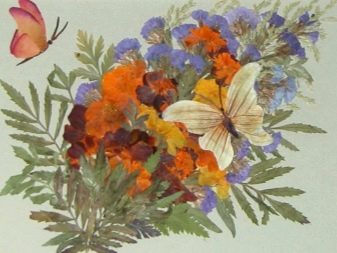

In the 19th century, this type of art became widespread in Great Britain, from where it soon spread to the countries of the Old World. And although mistaken today is still the most popular at home, in the Land of the Rising Sun, nevertheless, in recent years, this direction has become in demand all over the world, as an unusual hobby for children and adults.
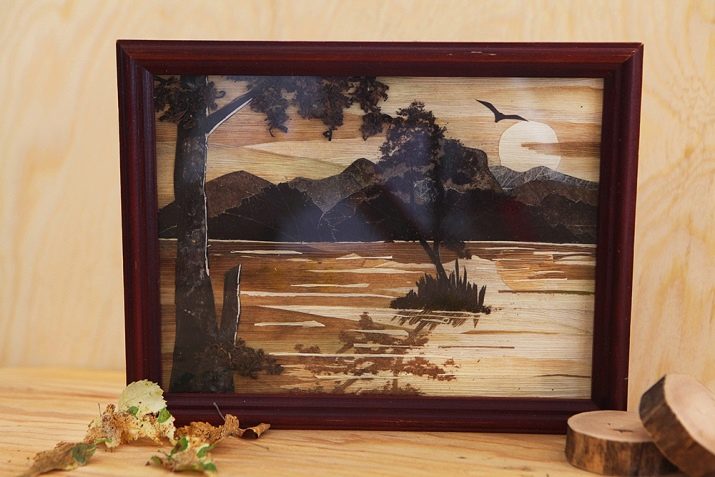
Views
Depending on the skill level, different materials are used in the style of Oshibana... So, novice craftswomen, who are just taking their first steps in landscape floristry, prefer foliage, as well as flowering parts of the plant. From them they create floristic compositions, still lifes and draw women's silhouettes in elegant dresses.


Artists with experience additionally use tree bark, vegetables and fruits.
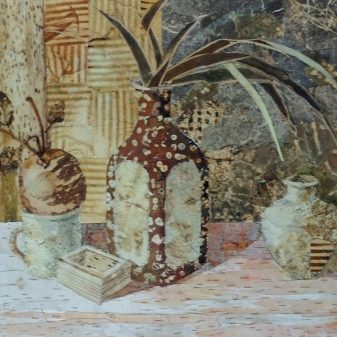
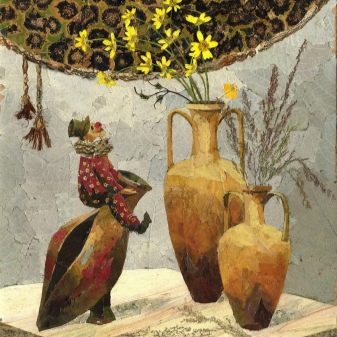
In the erroneous technique, you can create paintings in a variety of directions, the most common are the following:
- seascape painting, that is, paintings on marine themes;
- landscape;
- still life;
- ornamental painting;
- the image of abstract paintings;
- subject images.

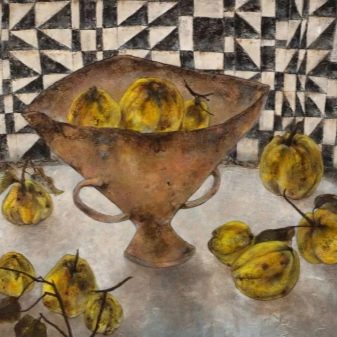
Where is the technique used?
The Oshiban style became widespread for the creation of paintings, panels and other elements of interior decoration. Images made in this style serve as a decoration for rooms decorated in ethnic style, country, Provence and Eco. They create stylish accents in children's rooms, kitchens and dining rooms.
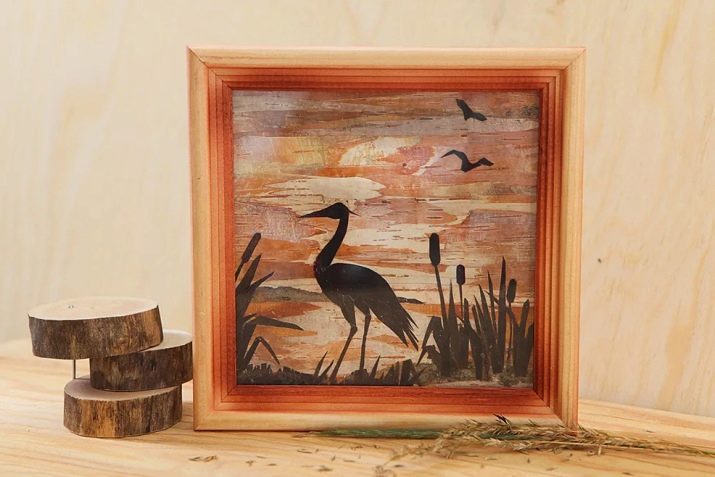
It is in demand mistaken, as a direction of creativity, in the classroom for the early development of children and the formation of skills in working with natural material. Application of flowers and other plant fragments stimulates the enhanced development of fine motor skills, thereby contributing to the full development of the baby's nervous system. It is no coincidence that mistaken is often found in the classroom in rehabilitation centers for disabled children, as well as children in need of the support of a psychologist.
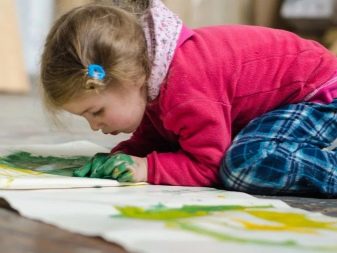
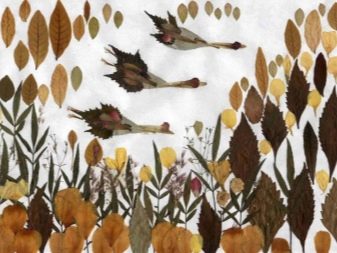
Thanks to the lessons of the mistaken, from an early age, love for the world around and nature awakens in children - this is especially important in our time, the mistaken helps to save the child from excessive aggression, enriches his inner world and broadens his horizons.
For adult masters, mistaken becomes a kind of withdrawal from reality, the ability to relieve stress and relax.

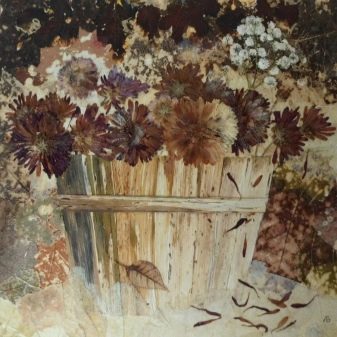
Master class for beginners
Floristic painting is wrong can help everyone to show their artistic ability and creativity.
This art does not have any restrictions in terms of the materials used, as well as the complexity of the pictures being folded, which is why it makes sense to start any work only after the most careful preparation and thought over each stage.
In order to create a painting based on leaves and flowers, you should prepare the basic tools even before starting work - this will allow you to plunge into the creative process without being distracted by the search for any object to create images using the mistaken technique.
You will need:
- stationery and manicure scissors for cutting out the details of the picture;
- a soft simple pencil - it is used to draw a pattern;
- tweezers - required for the most gentle movement and fixation of plant blanks;
- hardboard - used as a base;
- glass frame - for the finishing of the received work;
- glue - usually PVA is used;
- thin brushes.
All of these tools can be easily found in every home or purchased from a stationery store. But the preparation of consumables for work requires a more serious approach.
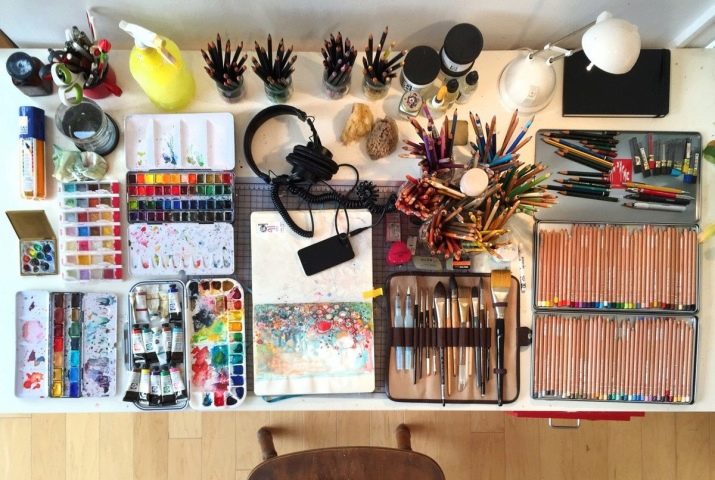
We draw your attention to the fact that to create panels and paintings from plant fragments, it is not enough to collect flowers, petals and herbs. It is also necessary to competently process their surface - the complexity of the work, as well as the decorative appearance of the picture, will largely depend on this. Usually, the following materials are used to decorate the panel:
- flower petals;
- bark of trees;
- plants' seeds;
- leaves of trees;
- herbs;
- Poplar fluff.
All this you can collect in the nearest forest or park.
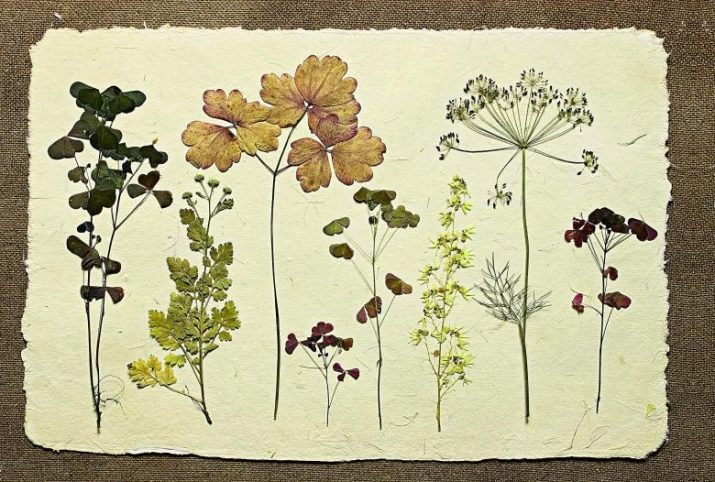
After collection, the plant material must be placed in a special folder or under oppression and dried until the workpieces become thin and flat.

It so happens that during processing, the gifts of nature lose their saturation and brightness of colors and even change the shade - prolonged heat treatment will help to correct this situation.
The material prepared in this way becomes brittle after drying, so one awkward movement is enough to nullify all efforts to prepare it. It is very important to pay special attention to the storage of plants: experienced craftswomen take a hermetically sealed box for this - it protects the plants from water ingress and protects them from insect attacks.
Keep in mind that dry material must be kept away from direct sunlight, since under the influence of ultraviolet radiation it will become faded and it will become impossible to use it to decorate drawings - containers with blanks must be stored in a dry, dark place.
After all natural materials are collected and dried, you can proceed directly to creating a floristic applique.

We offer a step-by-step master class on composing a landscape using the erroneous technique, it includes several stages.
- First you need to take cardboard and apply the contours of the main fragments of the image to it - this is foreground (river, coast and horizon line). At this stage, you do not need to clearly draw all the elements. After that, the crowns and trunks of trees are drawn.
- Then you can proceed directly to glue the plant blanks. You need to start work from the sky: most often for this they take a wrapper of corn cobs and cut out clouds from it along the contour.
- After that, with a thin brush, glue is applied to the entire surface of the sheet, thus the details are attached to the picture. The whole picture is placed under a press for 3-4 minutes - this must be done so that the PVA is completely dry, and all the elements of the plant are securely attached.
- Further, you can proceed to the design of the water surface of the river. For this, birch bark (birch bark) is usually used: it is divided into thin plates and a small part of the river is cut out.
- After that, harmonious shades are selected and the remaining fragments are glued. The landscape is again put under heavy oppression and dries up within 3-5 minutes.
- At the next stage, you can proceed to the design of the background of the picture. It is best to use the back of the poplar leaves for this - it has a light silver tint and therefore conveys the necessary blurring of the background as well as possible.
- The sheets are cut along the marked contour and carefully attached to the cardboard base, and then the picture is pressed down again.
- In the next step, you can depict left bank of the river - for this purpose, poplar or maple leaves are taken and cut to the desired shape.
- All prepared elements are attached to the picture, while you need to ensure that the gradients between leaves of different shades are as smooth as possible.
- To decorate the other bank, you can take aspen leaves - they recreate the outlines of the trees in the background as realistically as possible.
- In the front of the picture, elements prepared from rose petals are reinforced. There also remains the requirement to ensure an even transition from one color to another so as to avoid noticeable tonal joints.
- If desired, the background of the landscape can be supplement with conifers. For this, wormwood branches are suitable - they can be glued in the form of Christmas trees, differing in size.
- After the main elements of the background have been worked out, it is worth paying attention to trees and other big details. For example, birch trunks can be planted on one of the banks - they are cut out of birch bark, next to them are shrubs based on rose petals. The foliage of trees is formed from pieces of leaves torn off by hands - in this case, they turn out to be uneven, and this ideally corresponds to the very idea of a floristic composition.
- Alternatively, to depict a forest, you can use maple or strawberry leaves.
- On one of the banks, if desired you can form a cliff - for its design, it is worth using dark-colored blanks.
- At the end of the work, the master works out the smallest elements of the landscape - these are darkened areas near the coast and reflection in the water surface, here you can take light and dark leaves of any plants. The most important thing is that each used detail fits into the picture as harmoniously as possible and complements it.
- The finished landscape is once again pressed down by the press and finally dried.
- After that, it will remain just place the picture under glass and insert into the frame.
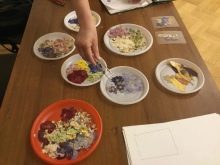
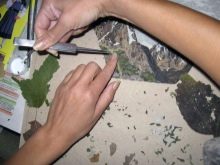

Beautiful examples
Oshibana is a Japanese painting of amazing beauty, which helps the artist to show the flight of imagination and creative individuality. With a competent approach to drawing with dried plant fragments, in the style of an error, you can create stunning paintings that will harmoniously fit into the interior of your home.
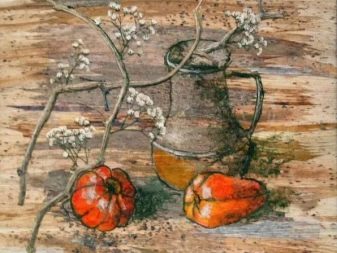


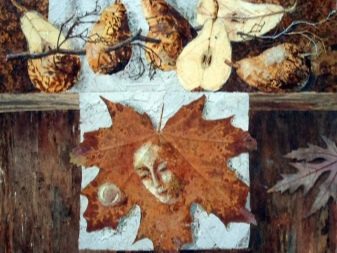
You can learn more about the art of mistaken in the following video.








